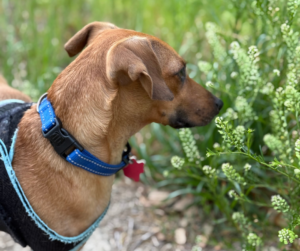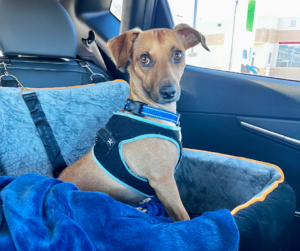Michael Baugh CDBC
A client once taught me a very tough lesson. She said, “I have a lot of people in my life telling me what I do wrong. I don’t need another one.” She was talking about me. The truth stung. But it helped me change the way I teach people with their dogs.
 The truth I discovered is that most people get it right. With some gentle coaching, they train their dogs well. One of the great things about positive reinforcement training is there is room for mistakes. You’ll never shatter your dog emotionally with too many treats or too much praise. Even if you only train your dog “well enough,” it’s still good enough.
The truth I discovered is that most people get it right. With some gentle coaching, they train their dogs well. One of the great things about positive reinforcement training is there is room for mistakes. You’ll never shatter your dog emotionally with too many treats or too much praise. Even if you only train your dog “well enough,” it’s still good enough.
Here are some reminders for success.
Praise and treat. Be on the lookout for what your dog is doing right. Reinforce that. Some of us use a marker word or a click sound as a signal to our dog that a treat is on the way. Great. Practice that.
Set your dog up to succeed. Avoid triggers and distractions, especially in the early stages of training.
Keep a positive attitude. Remember, the stories you tell yourself about your dog have a way of coming true. Keep them upbeat. You and your dog are doing great.
Be your dog’s advocate. Don’t let anyone shame you, even your trainer. You are the very best person to train your dog. No one knows them better than you.
Dog training is all about the relationship. It is communication. Celebrate that, even while you are learning. You’re not doing it wrong. In fact, you are getting better every day.
Michael Baugh teaches dog training in Houston, TX. He specializes in aggressive dog behavior.


